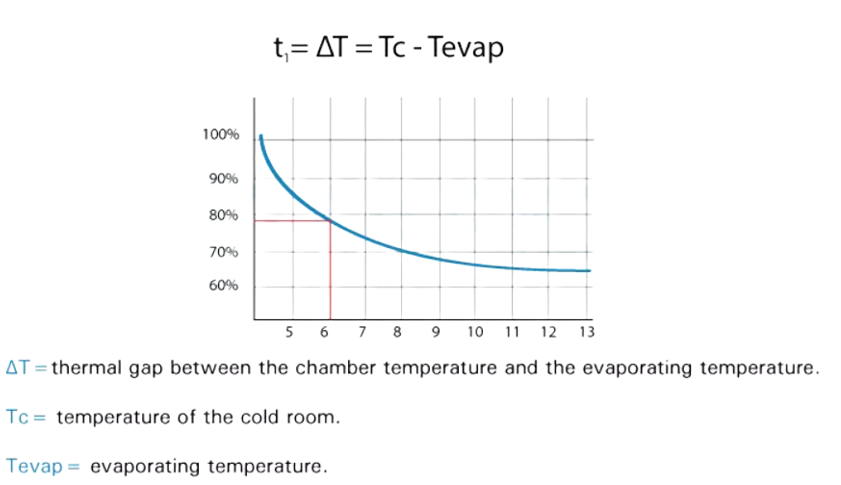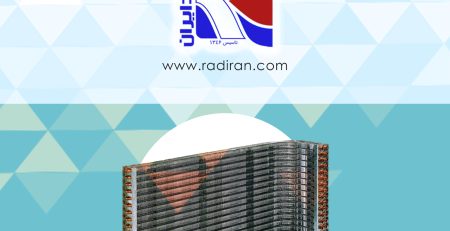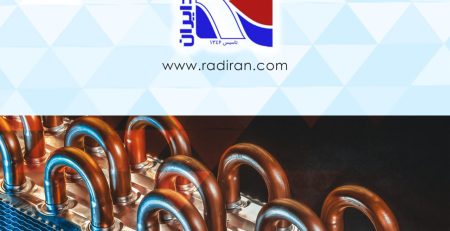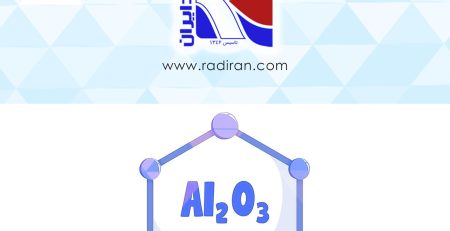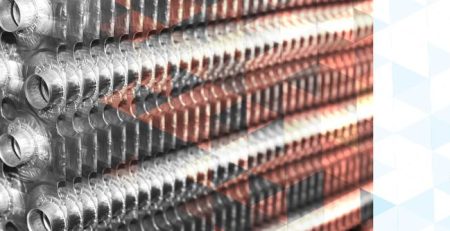Everything you need to know about refrigeration evaporators Part 2
Selection process of a refrigeration evaporator
For a correct selection of a refrigeration evaporator, we must consider a series of factors such as the cooling load required by our refrigeration equipment, the relative humidity, the range, and the air speed required.
In addition, we will have to pay attention to other factors such as the thermal jump, i.e., the temperature difference between the inside of the chamber and the refrigerant used. It is essential to find a balance in the thermal gap because the smaller the thermal gap, the greater the efficiency. In this way, it will work with lower compression rates and the equipment will save energy. However, on the other hand, it will also be more expensive, and the initial investment will be higher.
Nominal power
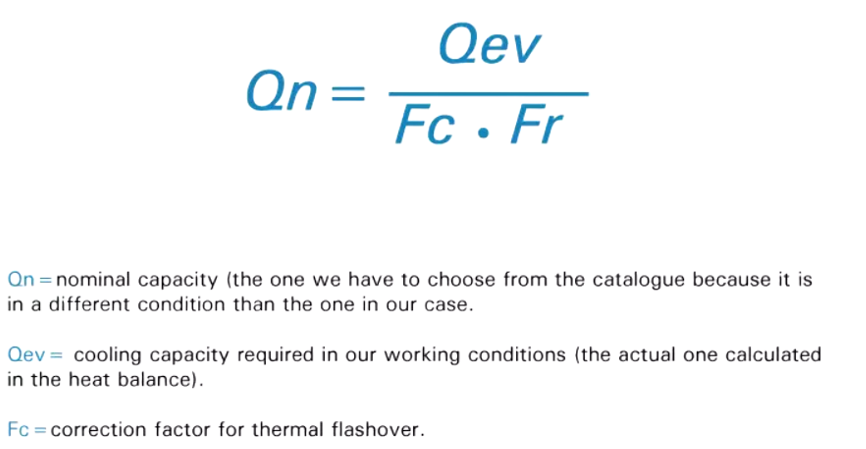
The power rating of an evaporator affect by the thermal jump, the temperature inside the chamber and the refrigerant used. How do we calculate the nominal power?
Relative humidity
In addition to this, it is important to know the effect on the relative humidity. Knowing the design evaporating temperature and the working temperature, we will obtain the thermal jump.
As the temperature rise increases, the relative humidity inside the chamber will decrease.
Relative humidity is an important parameter in the design of cold rooms, as each product needs a different relative humidity to be preserved in the best conditions and to conserve all its properties. The most demanding products are mainly fresh products, while in freezing chambers, for example, its role is less relevant.
